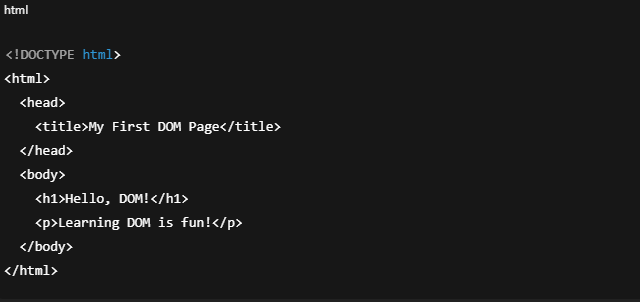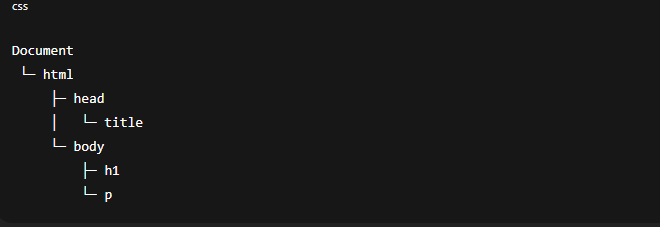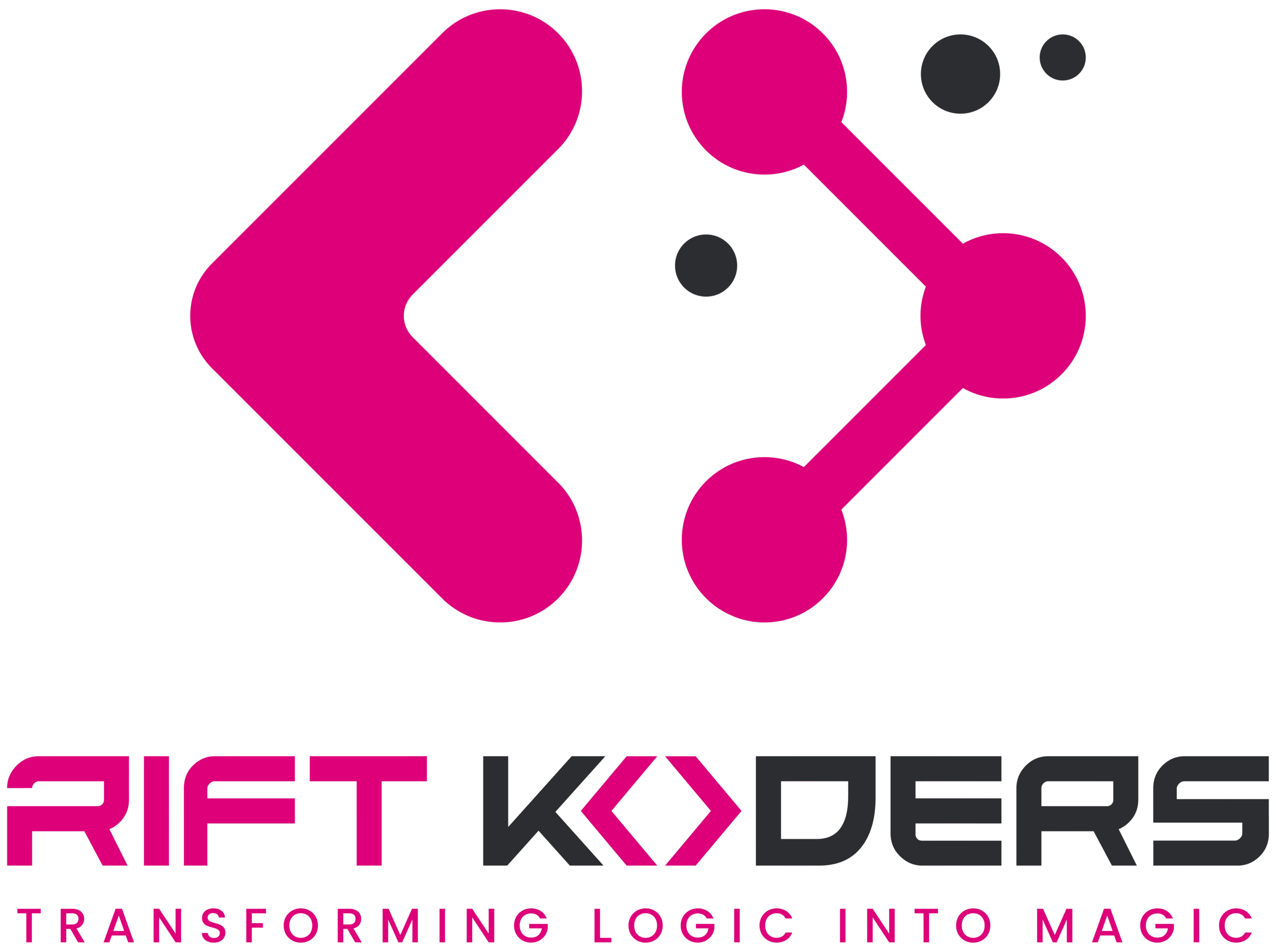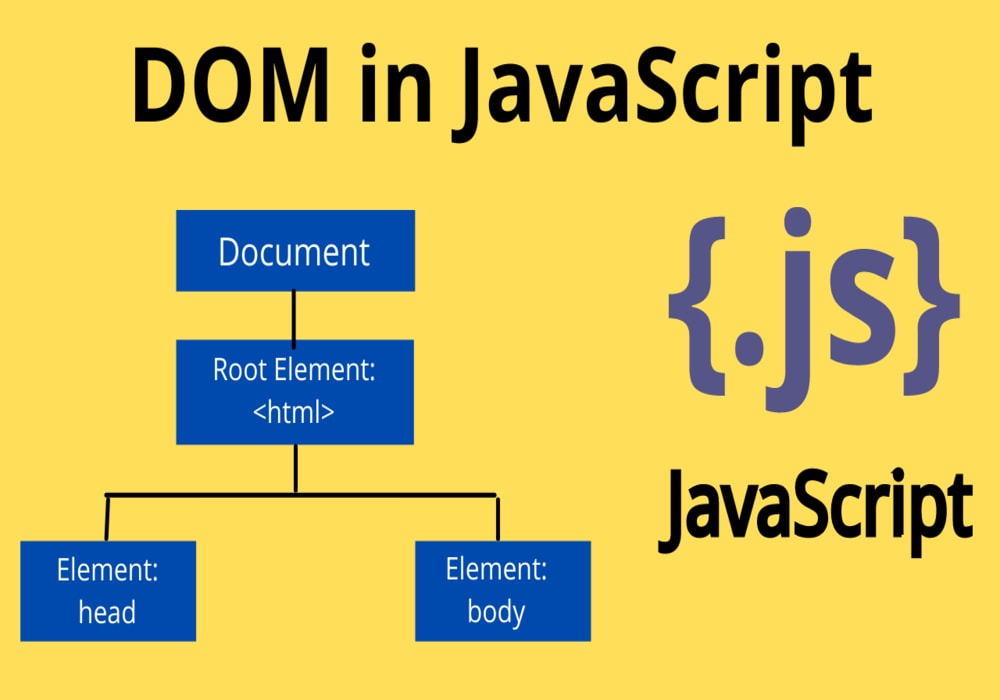Have you ever clicked a button on a website and watched something magically change — maybe a popup appeared, a color shifted, or new content loaded without the page even blinking?
That “web magic” isn’t really magic at all. It’s powered by something every web developer should know (and love): the DOM, short for Document Object Model.
If you’re diving into web development, mastering the DOM is like getting the keys to the internet’s backstage — where all the cool, dynamic stuff happens.
What Exactly Is the DOM?
The Document Object Model (DOM) is a programming interface that browsers use to represent and interact with the structure of a webpage.
Think of it as a live, interactive, tree-like map of your HTML document — one that JavaScript can read, traverse, and manipulate in real time.
Let’s take a simple example:


It’s basically your webpage’s family tree — and JavaScript is the family member who can rearrange the furniture, repaint the walls, and invite new guests in real-time.
Why the DOM Matters (More Than You Think)
Without the DOM, web pages would be static, frozen, and frankly, boring.
With it, you can:
Update content on the fly
(Like editing text or loading new data without reloading the page)Change styles dynamically
(Switch from light mode to dark mode? DOM’s got you.)Add or remove elements
(Generate new posts, notifications, or to-do list items)Respond to user actions
(Think button clicks, form submissions, keypresses — all interactive magic)
In short: the DOM is the heartbeat of modern, interactive web development.
DOM Manipulation in Action
Let’s see how JavaScript works with the DOM to bring static pages to life:
1. Selecting Elements
Before you can change anything, you need to find it.

2. Changing Content
Once you’ve selected an element, you can rewrite its story:

3. Styling Dynamically
No need to hard-code all your CSS — JavaScript can handle it too:

4. Creating New Elements
Why stop at editing? Let’s create something fresh:

5. Responding to Events
Make your site feel alive by reacting to users:

These small snippets show how the DOM lets your code reshape the web in real-time. It’s not just a document — it’s a living system.
Pro Tips for DOM Ninjas
Want to level up your DOM game? Keep these in mind:
Batch your changes
Frequent DOM updates can slow things down. UseDocumentFragmentor create elements in memory before adding them to the page.Use modern selectors
querySelector()andquerySelectorAll()are powerful — and much cleaner than older methods.Keep responsibilities separated
Let HTML handle structure, CSS handle style, and JavaScript handle behavior. Clean code = happy dev life.Explore DOM traversal
Learn to move between nodes withparentNode,childNodes,nextElementSibling, etc. It’s like learning shortcuts in a digital city.
DOM Is Where the Magic Happens
The DOM is what separates basic static pages from rich, interactive experiences.
Once you understand it, you’re no longer just writing websites — you’re building dynamic interfaces, real-time experiences, and engaging interactions that respond to your users.
Every popup, every animation, every live update on your favorite websites? They’re all made possible by developers who’ve unlocked the power of the DOM.
So don’t treat the DOM as “just another concept.”
It’s your key to unlocking the full creative potential of the web.


